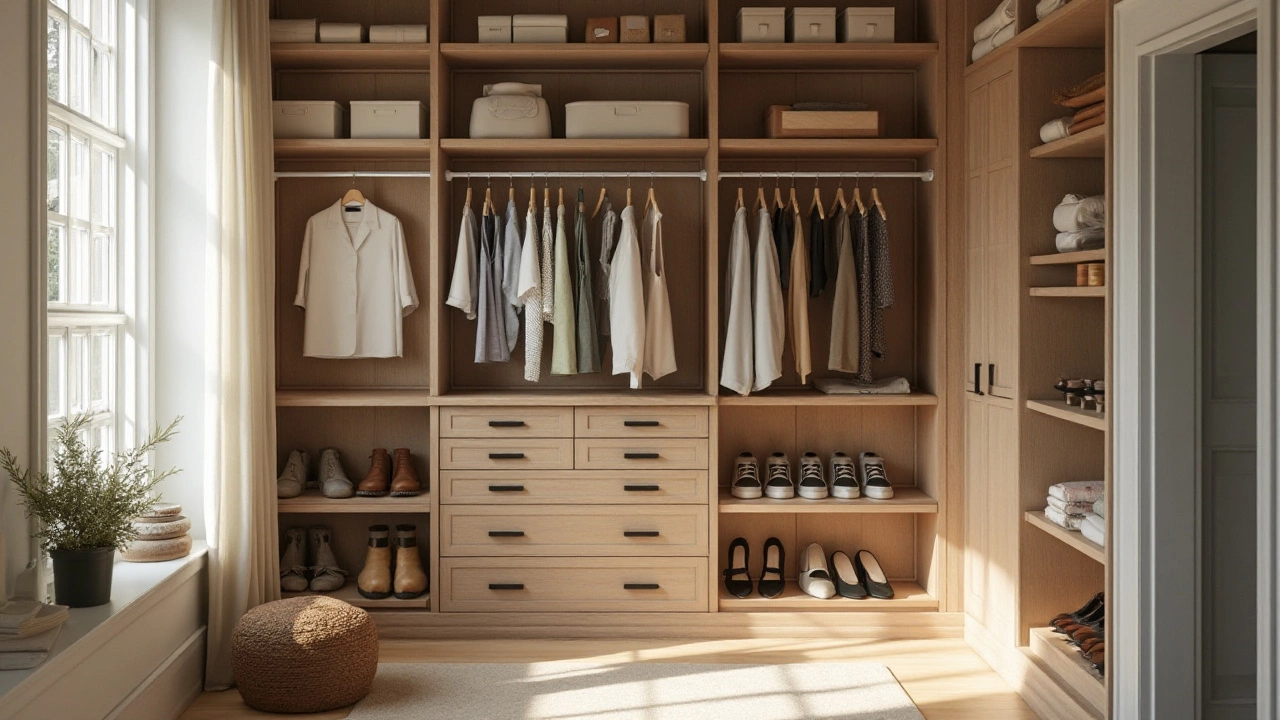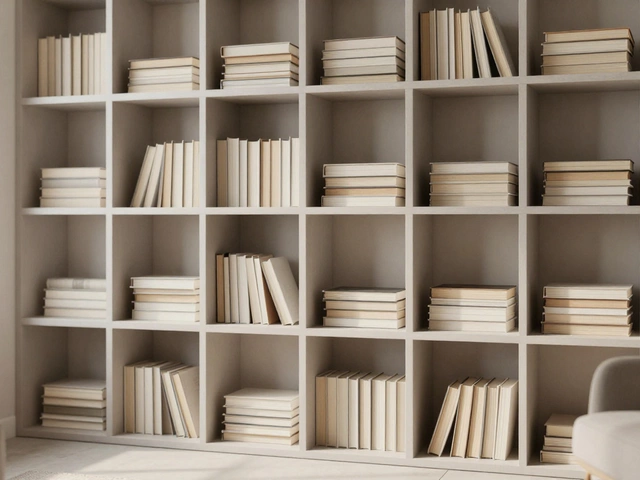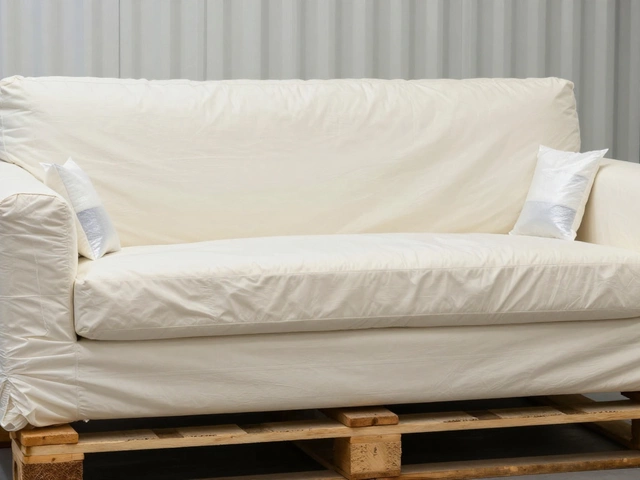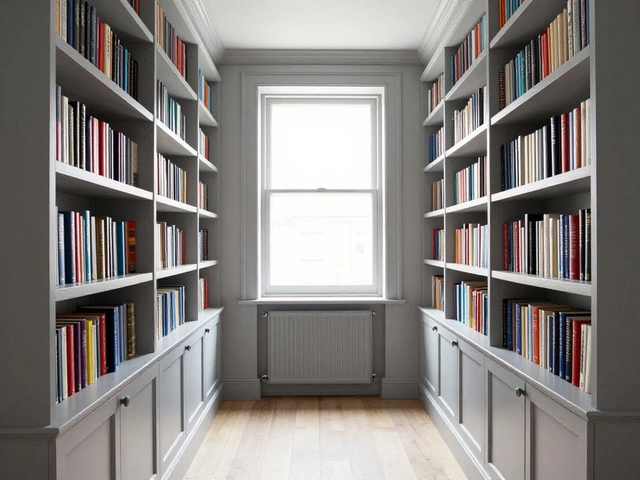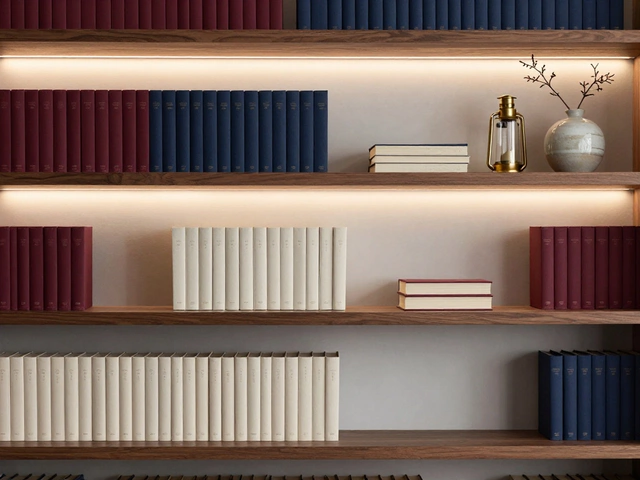American name: Understanding US Terms for British Furniture
If you’ve ever shopped for a bedroom set online and felt confused by the words, you’re not alone. In the UK we talk about wardrobes, armoires, and chest of drawers, while in the US you’ll hear closet, dresser, and even bureau. Knowing the American name for a piece can save you time, money, and a lot of back‑and‑forth with sellers. Below you’ll find the most common switches and why they matter when you’re planning a bedroom makeover or buying furniture across the pond.
Why American names matter
First, the words tell you what you’re actually getting. A "wardrobe" in the UK is a tall, freestanding unit with hanging space and shelves. In the US, that same piece is almost always called a "closet" if it’s built‑in, or a "wardrobe" only when it’s a free‑standing piece. If you order a "closet" from a US retailer but expect a built‑in unit, you might end up with a freestanding metal rack instead of the sleek wood piece you imagined.
Second, the name affects pricing and delivery options. US stores often bundle a "dresser" (what we call a chest of drawers) with a matching nightstand, while British shops may list them separately. Knowing the American term helps you compare prices accurately and avoid hidden costs.
Key British‑to‑American furniture words
Wardrobe → Closet: Built‑in storage in an American house is a closet. A freestanding piece that looks like a wardrobe is still called a wardrobe, but it’s less common.
Chest of drawers → Dresser: The tall, multi‑drawer unit we use for clothing is a dresser in the US. If it has a mirror on top, many call it a "vanity".
Armoire → Armoire: This word stays the same on both sides of the Atlantic, so you won’t get mixed up here.
Bedside table → Nightstand: The small table next to the bed is a nightstand in American homes. Some US sites still use "bedside table," but nightstand is the norm.
Headboard → Headboard: No change – the piece that sits behind the mattress is called a headboard everywhere.
When you’re browsing US catalogues, keep these swaps in mind. Look at the product photos and dimensions to be sure you’re getting the right size and style.
Finally, a quick tip: add the American term in brackets when you write a brief for a designer or contractor. For example, “I want a wardrobe (closet) with sliding doors.” It signals that you know the difference and helps avoid costly misunderstandings.
Armed with these American names, you can shop online, talk to US‑based designers, and describe your dream bedroom without tripping over language. The next time you read a US furniture listing, you’ll know exactly what each word means and how it fits into your project.
Discovering the American Equivalent of the Wardrobe: Closet Essentials
In the United States, what is commonly known as a wardrobe in other regions of the world is often referred to as a 'closet.' This article explores the history and design of closets, their practical use in American homes, and offers tips for maximizing closet space. Useful for anyone looking to understand American terminology or seeking efficient storage solutions, it provides a creative outlook on the embodiment of wardrobe functionality. With insights into closet organization and space-saving tips, the content aids in transforming cluttered spaces into orderly retreats.
